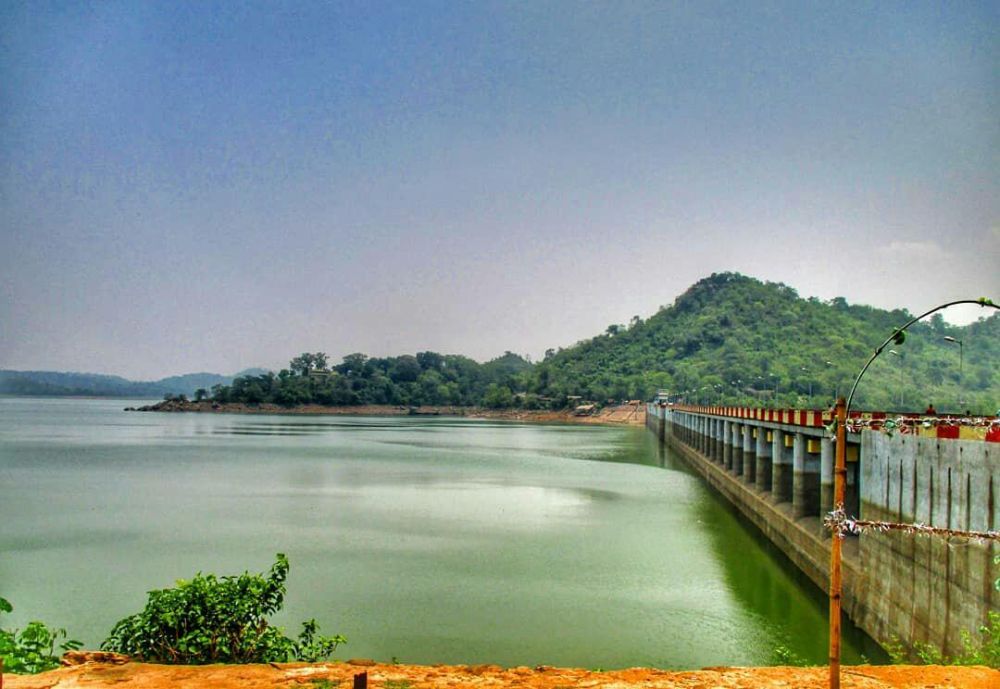

The Massanjore Dam, which is one of Jharkhand's most significant and picturesque touristic destinations, is located in the Dumka District of Jharkhand, India. Nestled among the serene hills and verdant landscapes, the dam is also known by the name of 'Canada Dam' as its construction was partially funded and executed by the Canadian government. It was inaugurated on 16th July 1955, which marked the start of its journey as a prominent site for both utility and tourism.
Since its inauguration, the Massanjore Dam has attracted visitors with its tranquil ambiance and engineering marvel. Initially, tourism was more of an incidental activity with locals and some visitors from neighboring states coming to marvel at the architecture and spend relaxing time amidst nature. Over the years, as travel became more accessible and the profile of Dumka rose on the national scene, tourism started to become a structured entity.
In recent decades, the area around Massanjore Dam has seen development in terms of facilities such as visitor centers, guest houses, and road connectivity enhancing the tourist experience significantly. Improved accommodations and the inclusion of recreational activities have made this site a popular weekend getaway, especially for people from the state of West Bengal and Bihar, as it's situated close to the border.
In today's trend of experiential and ecological tourism, Massanjore Dam keeps up by offering experiences that are in harmony with nature. Tourists are increasingly interested in activities such as:
Furthermore, with digital technologies coming to the foreground, information about offbeat places like Massanjore is reaching a wider audience. Platforms like Instagram and travel blogs have played a pivotal role in painting the dam as an idyllic retreat, thereby contributing to the increase in visitor numbers each year.
The local government has recognized the importance of the tourism industry and has been taking measures to promote sustainable tourism that appreciates the natural beauty while contributing to the local economy. Infrastructure development such as better roads, signage, and digital awareness campaigns are ongoing efforts to boost the tourism potential of the Massanjore Dam.
In conclusion, Massanjore Dam holds a special place in the hearts of travelers seeking peace and a touch of raw nature. Its growth from a purely functional structure to a hub of tourism activity exemplifies the changing dynamics of travel and tourism in Jharkhand.